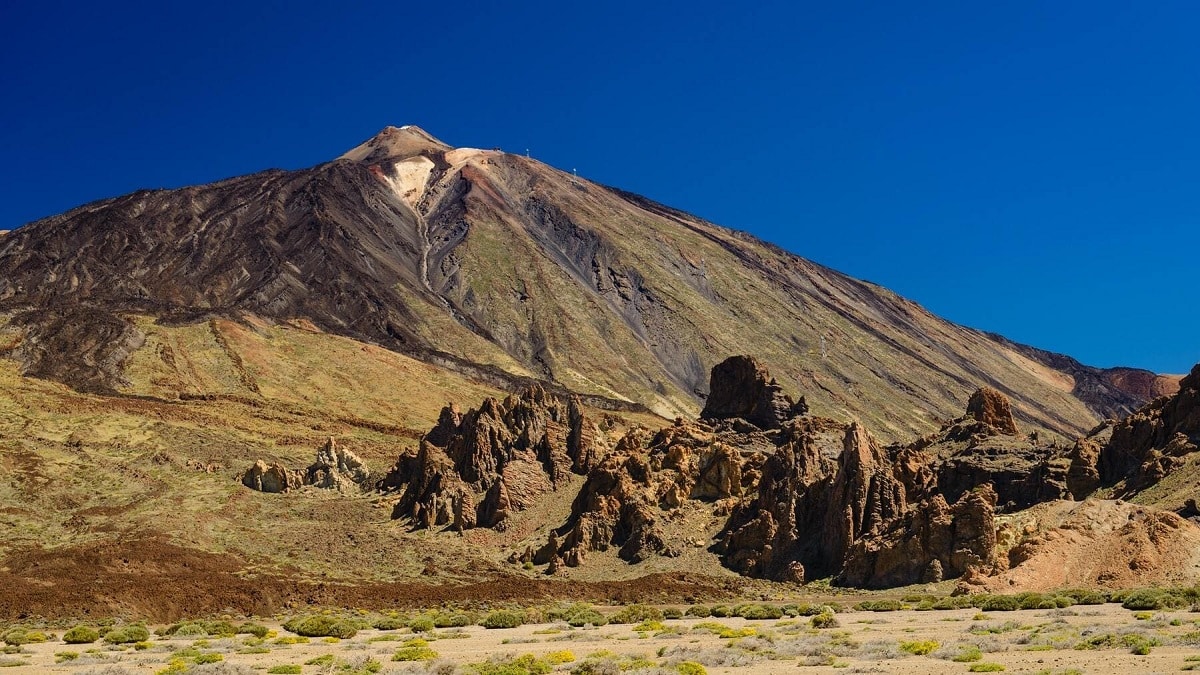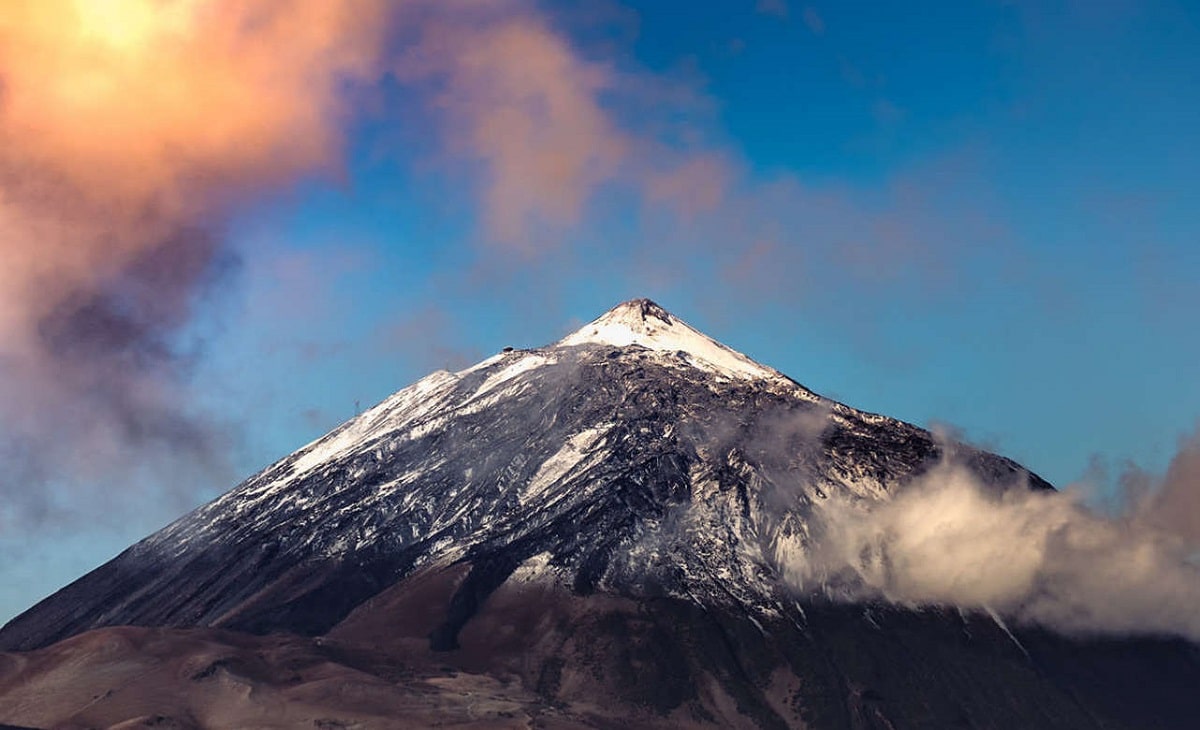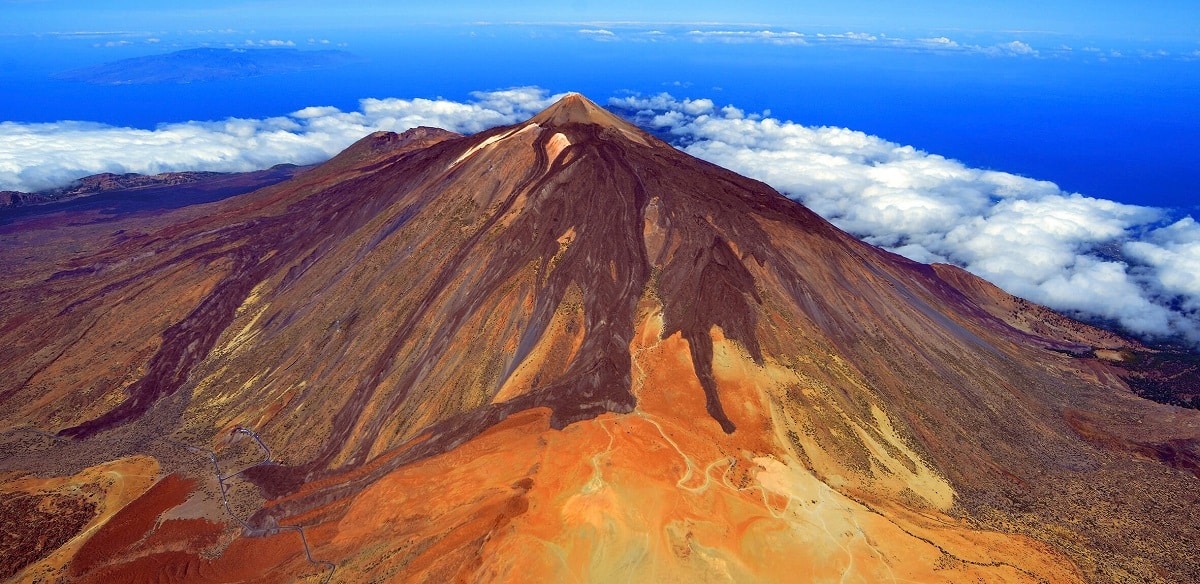
The Canary Islands have a purely volcanic origin, favored by a unique geography that produces climatic conditions considered to be among the "best in the world", triggering the natural eruptions that make these islands unique. The volcanoes in the canaries they have left their mark in the form of lava flows, craters or calderas.
In this article we are going to tell you everything you need to know about the volcanoes in the Canary Islands, their origins, characteristics and eruptions.
Volcanoes in the Canary Islands

The Canary Islands have a high volcanic index compared to the rest of Spain. Currently, there is not much data on exactly how many volcanoes there are, with an estimated 30 volcanoes in the Canary Islands. The islands with the most volcanoes are Gran Canaria, Tenerife and La Palma.
The volcanic activity in the Canary Islands has its origin in large volcanic eruptions in the ocean-Atlantic crust more than 30 million years ago. Thus, islands are one of the most biodiverse geographic areas in the world, with a virgin and wild environment, which, combined with its beaches, makes it a more than attractive tourist destination.
Therefore, the Canary Islands, like most of the volcanic islands, are constructions that rise from the bottom of the sea, so much so that 10% of island constructions protrude above sea level. This fact suggests that there is still an important volcanic mantle underneath.
Now, we are going to see the 5 most important volcanoes that the Canary Islands have:
The Bandama Caldera – Gran Canaria
The Caldera de Bandama is located within the municipal terms of Las Palmas de Gran Canaria, Telde and Santa Brígida. It is an enclave that attracts many tourists due to its large dimensions, steep walls, cave excavations found inside and its location within the Bandama Natural Monument.
The crater originated from an explosive volcanic process that probably started about 4.000 to 5.000 years ago. It is one of the most attractive volcanoes in the Canary Islands, both for its peaks and for its caldera, because they are two natural units with singularities that attract not only many tourists but also scientific interest.
Teide-Tenerife
It is the most famous, but not the only one that we can find in Tenerife. At 3.178 meters, it is the highest mountain in Spain and the third highest volcano in the world. However, its attraction also lies in the biodiversity of its ecosystems, making it quite an experience to climb to the top.
The massif formed by Teide-Pico Viejo is the last massive volcanic formation on the island of Tenerife and the last massif formed from the Caldera de las Cañadas del Teide. Its last eruption dates back to 1798.
Teneguía Volcano - La Palma
It had the honor of being the last major volcano to erupt in 1971. It has a height of 449 mm above sea level and is located at the southern end of Cumbre Vieja. Its eruption buried a large area under a vast expanse of lava, and it is one of the Canary Islands volcanoes, rising from the sea to form lava deltas that make the island larger and larger.
Since then, the Teneguía volcano, named after the nearby rocks, and La Palma have become another tourist attraction in the Canary Islands.
The Caldera de Taburiente – La Palma
Considered a natural wonder of the island of La Palma, it is one of the biggest tourist attractions and is listed as a Biosphere Reserve by UNESCO. Formed by solid lava that later transformed into basalt, this huge crater drops about 2.000 meters. It is currently the National Park of La Caldera de Taburiente, which is 8 km in diameter and has impressive landscapes such as the Roque de los Muchachos or La Cumbrecita.
Underwater volcano of El Hierro
On October 10, 2011, in calm seas, an undersea volcanic eruption that had been brewing for months finally ended in March 2012.
The importance of these volcanic eruptions in the Canary Islands is that have transformed more than 9 square kilometers of the seabed, creating new habitats, forms of life, annihilated others and multiplied all the environmental conditions of the region, which cannot be evacuated from places like La Restinga.
All this has led many people to go to the smallest island in the archipelago so as not to miss the event, attracted by the idea of seeing the eruption live.
Volcanoes in the Canary Islands that are active

Volcanic activity has always been active in the Canary Islands, both underwater and on land. However, scientists are studying several active volcanoes in the Canary Islands. In this sense, we highlight some, such as Teide, which, given its high activity, is speculated that it will erupt in the coming years.
The submarine volcano of El Hierro is one more volcano, since it was the last eruption on the island in 2012, and it is currently an active focus that continues to be closely studied and monitored. Another volcano that has been very active in recent years is Cumbre Vieja. Due to its high volcanic activity, it is one of the volcanoes in the Canary Islands that have caused several seismic movements, one of them of magnitude 2,7, which can be felt on the island of La Palma.
Conclusions

Since ancient times, The Canary Islands have lived under the protection of volcanoes and their activity. To speak of these islands and their formation is to speak of the volcanic activity and the seismic movement caused by the activity that occurs within or under its waters.
The eruptions that modeled and sculpted the islands to give them their current shape, in some cases, such as the eruption of the Teneguía volcano or the eruption of the Mar de las Calmas in El Hierro, have spread several kilometers over the sea.
In short, to know the volcanoes of the Canary Islands is to know the history of the formation of these small paradisiacal islands, worthy of their title of fortunate archipelago due to their overwhelming biodiversity and magnificent climate.
I hope that with this information you can learn more about the volcanoes in the Canary Islands and their characteristics.